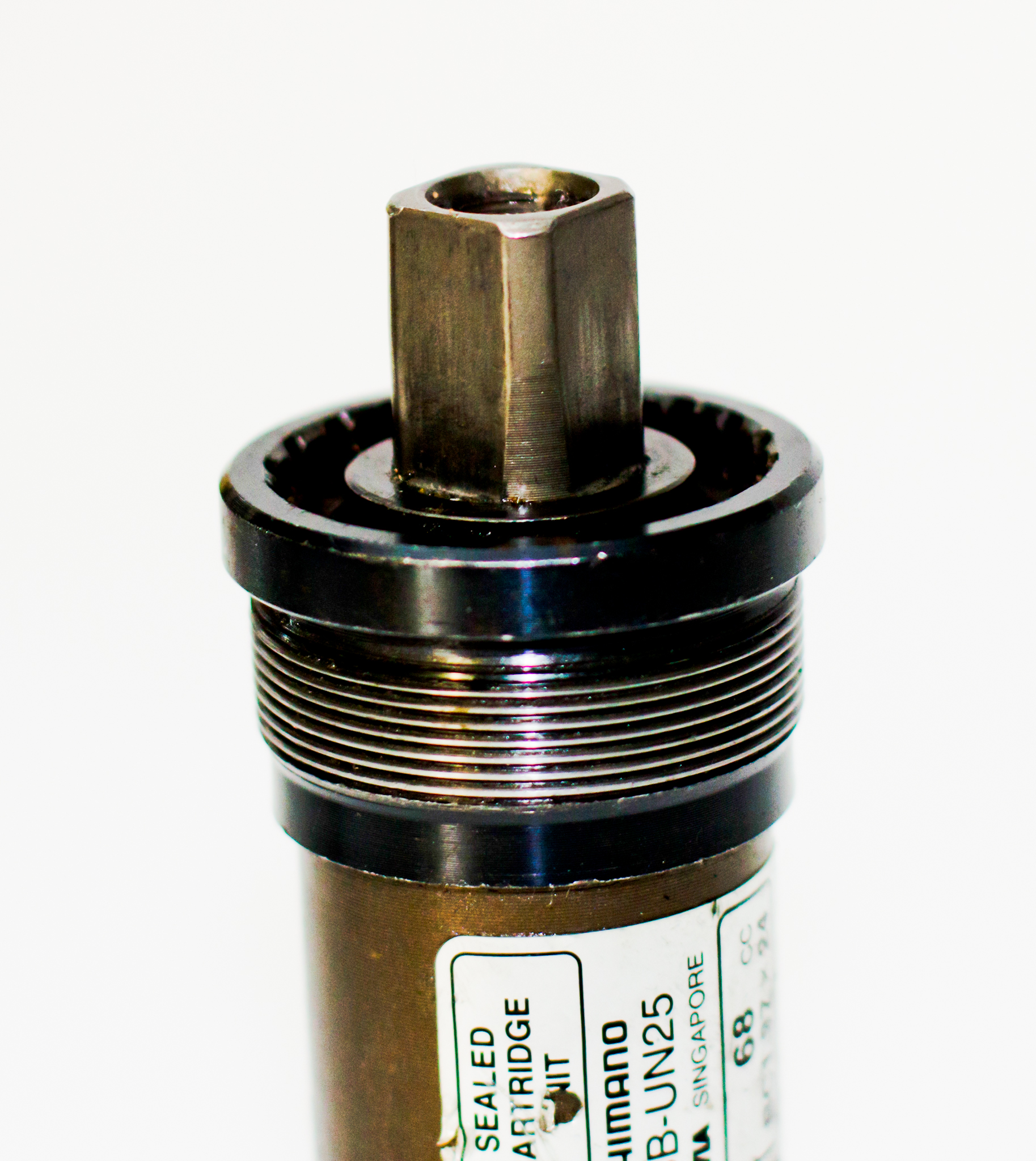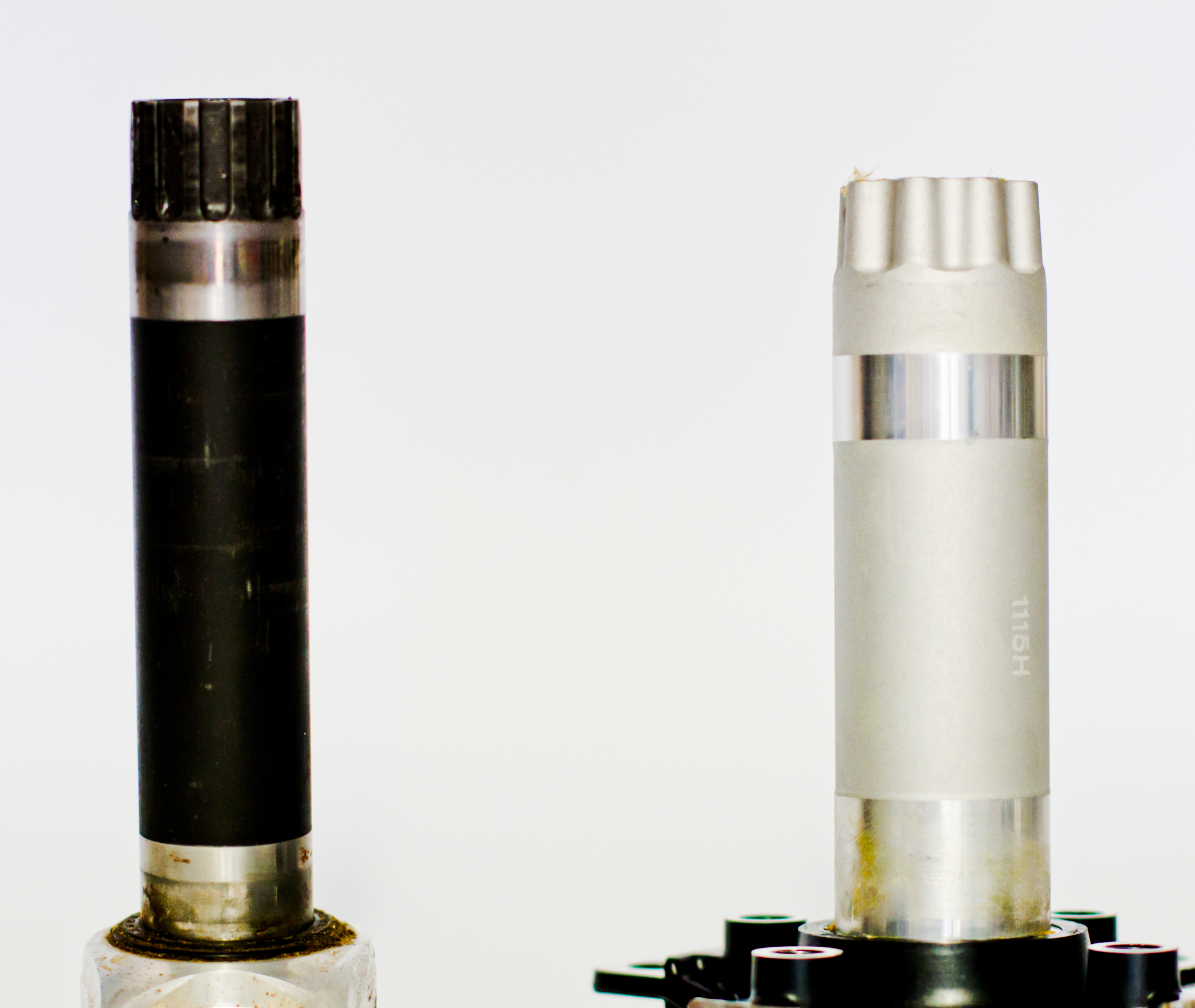Standards, ain’t so. Welcome to the first in a regular series of stories on so called ‘component standards’ – where they came from, where they are going and why there are so damn many of them!
First up, the bottom bracket.
Bottom brackets (BB’s) are easily overlooked, yet are often to blame for that annoying creak and hard to find noises on your bike. BB’s have quickly gone from a simple concept and standard to one of the most confusing and least compatible bike parts on the modern market.
To set the record straight the BB has two simple jobs – to provide a mechanism to fix the crank arms to the bike, and to provide a housing for bearings so the cranks can rotate.
Many of the new BB “innovations” have come across from the BMX and road cycling worlds. Originally these innovations were from the crank manufacturers moving on from the age old square taper configuration. They were looking for stiffer, stronger and more durable methods of holding the cranks to the bike. Frame manufacturers are since to blame for the multiple offerings as they fight to maximise stiffness and minimise weight, whilst simplifying the manufacturing process. [private]
Square Taper
Still readily available and now common on cheaper bikes the square tapered bottom brackets offer great bearing durability. However the thinly sized axle isn’t up to the rigors of increasingly demanding terrain and more aggressive mountain bike riding.

8 and 10 Splined
In 1996, Shimano released Octalink, a sturdier 8 splined interface addressing the strength and stiffness issues of the square taper. The likes of RaceFace, Chris King and Truvativ joined forces to create ISIS (International Splined Interface Standard), an open patent 10 splined interface that offered a competitor to Octalink. Bearing durability issues arose as bearing sizes reduced in order to accommodate the larger axle within the BB shell.

External Bearings
Look back 5 years and it’s almost definite that your mountain bike would have featured an English threaded bottom bracket shell. This shell type is still considered the norm even though many high end bikes no longer use it. Threaded BB’s have gone through multiple incarnations of different axles and bearing placement, each with the promise to offer greater stiffness, durability and strength; but it wasn’t always the case.
Enter the outboard bearing bottom bracket. By placing the bearings outside the frame the bearing size vastly increased, offering improved durability. It also enabled an increased axle diameter which improved crank strength and stiffness. Whereas previous systems required specific shell width and axle lengths, outboard bearings saw a far simplified market offering with most brands choosing a 24mm diameter axle and interchangeable BB.

BB30 and Press Fit
Prior to the outboard system; Cannondale, a company known to do things differently, released the BB30. This system makes use of sealed bearings pressed into a larger non-threaded bottom bracket shell with circlips used to keep the bearings in place. This offered numerous benefits; the increased bottom bracket shell size creates increased surface area for adjoining tubes and so creates a stiffer and lighter frame. Other benefits included the ability to use an extremely oversized 30mm axle, creating a crank set with an amazing strength to weight ratio. Furthermore, the larger bearings offered the potential of greater durability.

Outside of Cannondale, BB30 didn’t immediately take off though. However as frame manufacturers were pushing the boundaries of materials more than ever, the concept of pressed-in bearings was gaining in popularity. A newer take on the BB30 is the PF30 system, using the same 30mm axle as BB30. The difference with PF30 is that it uses an even larger BB shell that holds an over sized pressed-in bottom bracket cup. This is easier to manufacture than the BB30 as the circlip slots are not needed.

Furthering the theme of pressed-in style; the likes of Giant and Scott are sticking with a different standard; Shimano Press Fit. Here the bearing cups are pressed directly into a standard sized (un-threaded) bottom bracket shell. It’s exactly the same concept as PF30 but instead it utilises a 24mm axle standard – exactly the same crank axle standard as that of the threaded outboard system. Additionally, Trek then have their own take on the 24mm axle system, using headset style bearings fit straight into the frame.


Even More Standards and the Future
BB386 EVO, a very rare sight within the mountain bike world, is the newest idea being pushed by the likes of FSA. The concept is for more backwards compatibility between various bottom bracket offerings. It’s basically a wider version of PF30 and via the use of conversion cups just about any crank set can be used, with the exception of the narrower BB30.
With little differentiation and so many options, what does the future hold? It’s certain that press fit style bottom brackets will continue to gain momentum with undeniable benefits; lighter, stiffer and cheaper to produce. However, as long as the king pin Shimano lacks support for BB30, the bottom bracket world will remain in a stalemate without a clear standard. [/private]